A Long Dry Time
There is a popular saying in New Mexico: El agua es vida! It means “water is life.” Conversely, the absence of water is death, and for those intimately connected with the land, the experience of persistent drought can etch a scar into the psyche. Like post-traumatic stress disorder, it stays in your nervous system.
You don’t have to look far for grim reports and forecasts of drought in the West. It has always been part of the fabric of this landscape, yet even for those accustomed to it, something different is happening.
Pat and Sharon O’Toole operate the Ladder Ranch along the Colorado/Wyoming border. Champions of both agriculture and conservation, in 2014 they won the Aldo Leopold Stewardship Award. Their grandkids are the sixth generation on this land hoping to carry forward this legacy, but the future is uncertain.
“The problem is the early runoff,” Pat O’Toole said. “It’s coming three weeks early and running off on thawed ground instead of frozen. This means that in late summer and early fall when we’re doing our second irrigation, we just don’t have the water in the river anymore.” When the snowpack is below average, as it has been in 13 of the past 20 years in the North Platte basin, the problem is even worse. O’Toole said the climate situation is really straining water resources where the water infrastructure is minimal. “We graze livestock on private and federal lands that are dependent on springs. We’re seeing springs not staying through the whole year and in some cases not being there at all.”
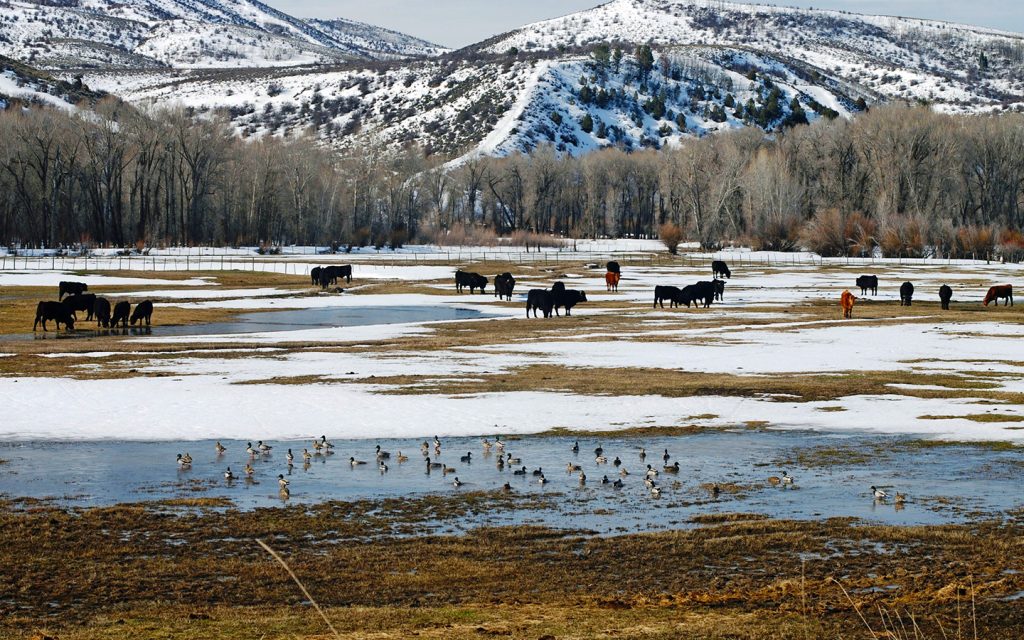
In response, the O’Tooles are drilling new wells and expanding small water storage systems. “We don’t need big flows, but we need consistent wells,” O’Toole said. “We have solar panels on four trailers, and we move those around from well to well. It also works as a livestock management system.”
In partnership with their local conservation district and the Natural Resource Conservation Service (NRCS) they also built several small reservoirs on their deeded acres that help hold and distribute water throughout the season.
O’Toole is the president of the Family Farm Alliance. In that role he has seen that a growing number of states and local communities are assessing options for watershed-sized storage. “In our community, Wyoming built a 23,000-acre-foot reservoir that completely helped our hydrology. [The state is] now looking at a 10,000-acre-foot storage at the top of our watershed and integrating that with other storage and livestock reservoirs throughout the basin.”
According to O’Toole, the benefits of water storage and irrigated agriculture extend far beyond food production. “When you look at a landscape, the more water you are able to hold onto, the more diversity of life you have. It’s about our fishery and wildlife almost as much as it is about irrigation,” he said. In one agricultural wetland north of Baggs, Wyoming, restoration work by the rancher increased the bird species count from 29 to 200, said O’Toole. “We are sort of like beavers. Sixty-two percent of wetlands in the West are a direct result of people irrigating the land. In our world, the wildlife tell you if you are doing a good job in your management. We have the elk and the deer and the antelope and all of the predators and the different species, so we must be doing something right.”
While expanding water storage is helping slow and distribute spring runoff, the O’Tooles are also modifying their grazing management. “Sharon’s dad came back from World War II and we had some country that was really overgrazed,” O’Toole said. “In the old days, there were 330,000 sheep and cows in our county. In the late 1940s, Sharon’s dad restored these pastures through rotational grazing systems using water, fencing and management.” Today, Pat and Sharon continue the tradition of adaptive management and planned grazing. In response to the drought, they have cut stocking rates on their federal leases to 80% of permitted head and are working with agencies to build in the flexibility they will need to adapt to drought in the long term. “Our philosophy is take some, leave some. We just sold cows this weekend and replaced just some of those with yearlings because we are anticipating this drought year. We didn’t keep as many sheep last year as we would have, either. We’re trying to work our numbers so we have enough to get through.”
Communal water
I wish the whole world would think the way the acequias do. We stand to die as individuals when we could thrive as a community.
– Ralph Vigil
In the small community of Pecos, New Mexico, Ralph Vigil is also fighting to keep land, his community and a legacy of stewardship alive.
“I’m from East Pecos and was brought up there my whole life,” Vigil said. “My great, great, great grandfather had his land there and established the Acequia Molino and East Side Acequia.”
Acequias are centuries-old, communally operated irrigation ditches recognized as governmental units under New Mexico law. They were developed in the ancient Middle East and imported to the New World with the arrival of the Spanish in the 1600s. Indigenous communities here had also developed gravity-fed communal irrigation systems. The New Mexico acequia system has garnered national attention in part because it provides a governance system that enables the community to share water during times of drought. However, newcomers who don’t understand the system, political fights over water and the economics of small family agriculture are challenging to acequia communities.
Vigil is currently the chairman of the New Mexico Acequia Commission. “I’d been in real estate before being appointed to the commission,” Vigil said. “I was seeing more and more how we are losing our water, our culture and our land.” Vigil went digging for his roots, and became captivated by the connection between his community’s water and culture in this dry place. “I was taught the importance of water, of taking care of the land and water, and never to sell it out. Those values started coming out in me.”
In response, Vigil did something dramatic. He left real estate and turned to farming. “I went from making six figures per year to being unemployed,” he said. “I didn’t have any money but I was rich when it came to land and water, so I used that to my advantage. I started growing for the farmers’ market.”
Persistent drought, however, has made things challenging. “In the time I have been farming, I haven’t seen a year of abundance or good moisture, probably since 1996. That was the last good runoff. Now we have periods of long drought, and when we do get moisture it is more intense.”



To conserve water and improve soil health, Vigil began investigating and implementing regenerative agricultural practices, though it isn’t always easy. “It is hard for me to adjust to things because I am a one-man show,” he said. “I work with WWOOFer (World-Wide Opportunities on Organic Farms) volunteers and family when I can.” He is installing different plots to test regenerative agricultural practices against traditional practices, using tarps to suppress weeds and hold moisture, creating his own compost, rotating crops and ensuring adequate ground cover. He is also starting to bring some animals in and evaluating community needs. He is selling to local schools, piloting a project with the local senior center, and recently became eligible to supply food for the federal Supplemental Nutrition Assistance Program (SNAP).
He also became active on issues affecting the Pecos River, working with environmental organizations seeking wilderness and other types of designations. “I wanted them to slow down so that the traditional voices could be heard,” he said. “Where we harvest our wood, where we play, we have to protect those areas. There are very few voices on our side. I am attaching my voice to healthy food, land and acequias.” Vigil recognizes that durable solutions will be about economics. “We need to figure out how to make the economics work without taking away the values we care about and selling out our culture. It all ties into the water.”
Acequias are a potential model for these type of economic solutions, according to Vigil. “I wish the whole world would think the way the acequias do,” he said. “When we just turn on a faucet and don’t see where the water comes from, we don’t know what we’re using when we wash dishes twenty times a day and wash cars. People will waste the most essential things in life. We have become selfish.” Vigil thinks that land stewards have a particularly acute understanding of how limited water is. Recognizing that our neighbors are affected by how much water we use is essential. In essence, in the dry Southwest, everyone is downstream. If everyone could understand it that way, we’d be better water managers and more responsible water users. “We need to try to visualize water on the surface. We also need to try to understand the underground rivers. We stand to die as individuals when we could thrive as a community.”
Vigil has observed that the COVID-19 pandemic has helped to spark renewed community. “Acequias are seeing more of that comradery,” he said. “It’s an opportunity for people to work together for our land, people, wildlife, all the things living on this planet.”
Blackfoot response
Up in the Blackfoot Valley of Montana, ranchers and other water users have also developed a unique, community-based approach to sharing water. The Blackfoot Challenge (BFC), a collaborative, watershed-based organization of diverse stakeholders, prides itself on turning challenges into opportunities. That is exactly what they did when they developed their Drought Response Program.
The Blackfoot Valley has experienced drought 13 out of the past 19 years. Faced originally with instream flow rights held by Montana Fish Parks and Wildlife, and more recently an expanded shared water right with the Confederated Salish and Kootenai Tribes, irrigators in the valley needed to find a way to meet multiple demands with a decreasing water supply.
Jennifer Schoonen, water steward for the BFC, explained that the drought response plan is based on voluntary sharing, where the more water users that participate, the more the burden is distributed. The plan benefits from both junior and senior water rights holders participating. “If we didn’t have all those folks, we wouldn’t see enough conservation impact for this to work,” she said. “It is based on the premise of trying to float all boats, neighbor to neighbor. Folks value working together, so even if they have a senior water right, they are willing to contribute to the overall wellbeing of the community.”
The agreement is managed by a committee made up of conservation organizations, state agencies, tribes, representatives of the angling community and agricultural stakeholders. The committee follows watershed conditions throughout the year and responds as needed to flow and temperature triggers.
Schoonen said that while the program has worked well in the past, increasing drought, less snowpack and more rapid spring melt-off are bringing new challenges. “We are beginning to see that annual conservation responses on the part of water users may not be enough to address the long-term changes we are seeing.” The group has begun looking at long-term resilience tools to contend with the fact that there is going to be less water in late summer. These tools include soil moisture monitoring, irrigation efficiency improvements, land and soil health restoration projects, reducing conflicts with beavers and installing low impact beaver dam analogues for natural water storage.
“One of the things that I have always appreciated about this process is the idea that we could take something that was a legal enforcement process and turn it into a voluntary process,” she said. “Community members see the value of giving a little something to support the broader community wellbeing. We also have a willingness by the state and now the tribes to support a voluntary model instead of a regulatory model.”
Nearly 100 individual landowners are currently participating in the program. Each has developed their own conservation and drought response plan as part of the community effort.
Urban Drying
While COVID-19 may be bringing some acequia communities together, it has created big challenges for rural communities as well.
Kelly Bennett, a landowner in Montana’s Madison Valley, observed, “As a result of COVID, we’ve had this influx of people from urban areas to places like Boise, Bozeman and Durango who have never thought about where water comes from other than their tap.” When people are disconnected from these fundamentals, according to Bennett, they can make real mistakes inadvertently affect neighboring agricultural operations. “People don’t know what an irrigation ditch is. They fill it in. They think it is a hazard in their backyard. These things create really difficult dynamics between people.”
One of the barriers in bringing people together are people’s perceptions about water and agriculture. “It’s always about farmers using so much water,” he said. “If you live in San Francisco, you probably believe that the evil industrial agriculture industry in the Central Valley is the only reason the state has water problems. That’s the challenge. When you start stripping the water off the land it affects everything around it. There is the law of unintended consequences, and there is nowhere this law hits harder than with water.”
As Bennett pointed out, “We have lost tens of thousands of acres of farmland in the front range (of Colorado) in the last decade and the same thing in Montana. We have more and more people moving into areas that are desert. The first place people are going to look for water to support continued urban development is agriculture.”
Urban planning in a growing West is becoming increasingly important. Cities like Denver have done a great deal to conserve water, reducing per capita usage by more than 20% in the decade between 2006-2016. Many front range communities have followed Boulder County’s lead and are working to conserve farms and ranches that slow and store runoff while providing food security and open space.
“It’s imperative that as more people move into these communities, they remember what attracted them to this place,” Bennett said. “We don’t want them to vote for policies that are detrimental to rural communities. It can’t be about us vs. them, either. We need to help people embrace the community that attracted them.”



Land without water
One of the divides within the agricultural community about water centers on whether water rights should be allowed to be severed from the land through sale or leasing. Bennett said he finds it a futile debate. “I don’t know anywhere in the country where urban development will be deprioritized,” he said, adding
that families who do sell their water are exercising their rights to extract value from an asset they own. “Those assets may have to backfill a lack of life savings, because you net $25,000 per year in personal income,” from the farm or ranch operation.
One solution, as Bennett sees it, is to incentivize development in ways that prioritize maintaining agricultural lands and open space. “Municipal governments care more about increasing their tax base and growing than conservation,” he said. “There are ways to incentivize development that prioritize keeping consolidated open space as a part of that, but it will take a lot of political will and bravery. It will take cities that care more about the landscape than straight-up tax revenue.”
For the O’Tooles, whose ranch straddles a state line with different water laws on either side, the question of water buy-outs is particularly complex. “In Wyoming, water is tied to the land, so you can’t move it without legislative approval,” Pat O’Toole said. “In Colorado, water is a market where someone with a legally allowable use can buy it. So now you have investors buying up ranches and farms trying to take that water to support urban growth. This brings up a lot of economic and ethical questions.”
“People have to make their own decisions,” he said. “What do you want your land to be? We want our land to be a whole bunch of things, and we are always trying to find the right balance. We have kids that would have left this valley but now have fishing businesses, and that’s a win-win.”
O’Toole worries there are very simplistic ideas being put forward. “Getting paid not to irrigate will have ecological consequences we haven’t even begun to anticipate,” he said. “Ultimately, if you leave that process to its own devices, we won’t have any water, wildlife or agriculture.”
Sorry, the comment form is closed at this time.


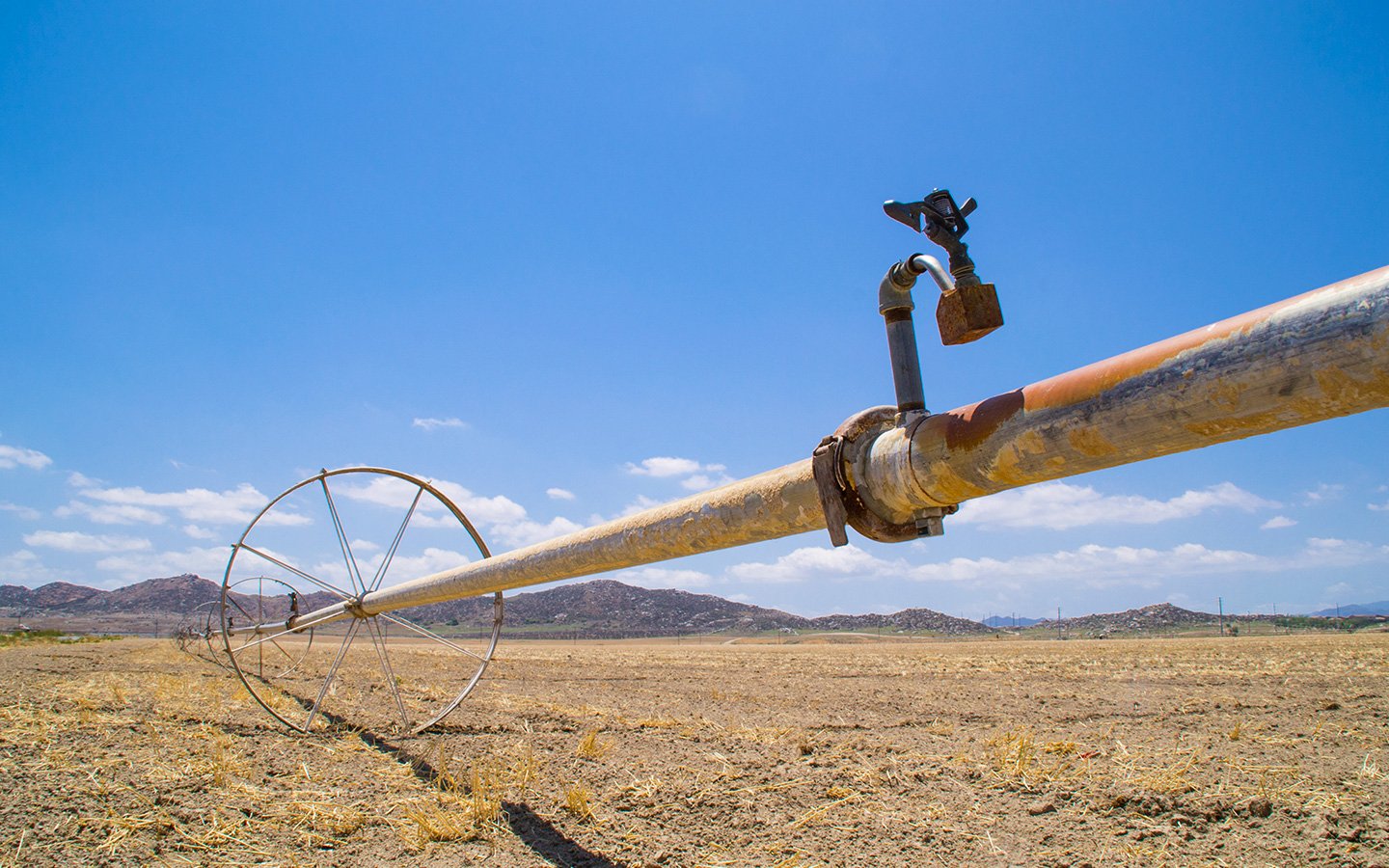
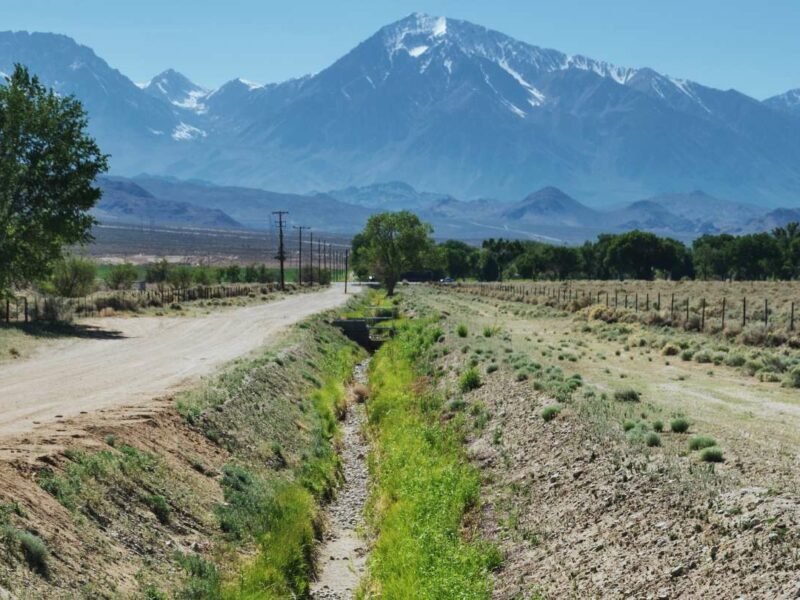
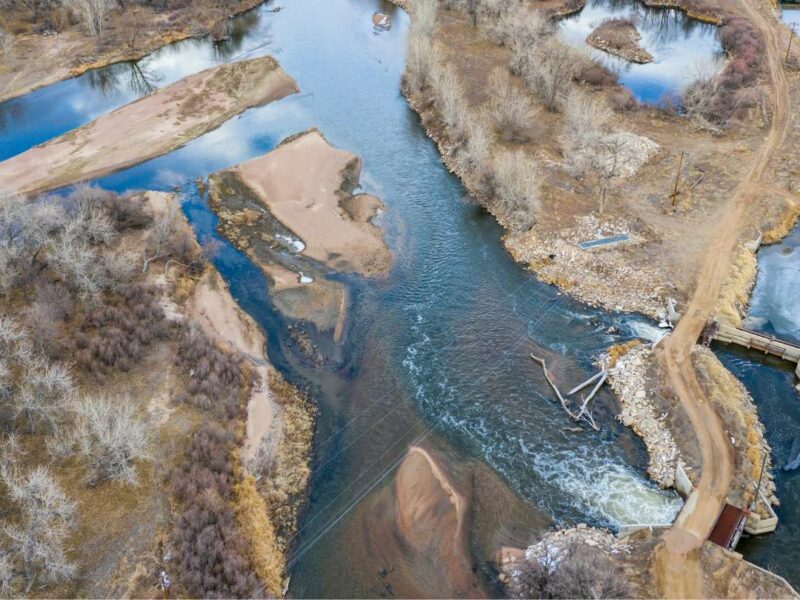
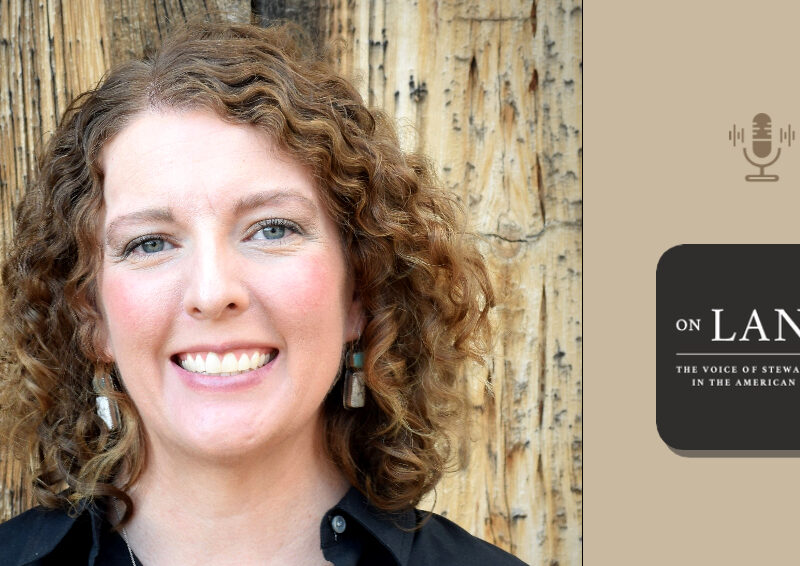
Pingback: The Myth of Efficiency – On Land